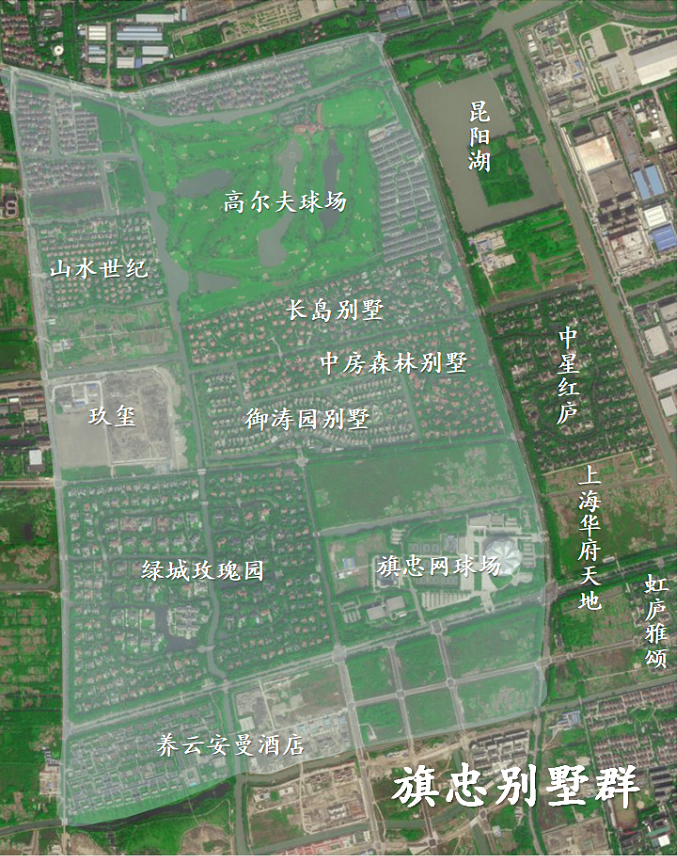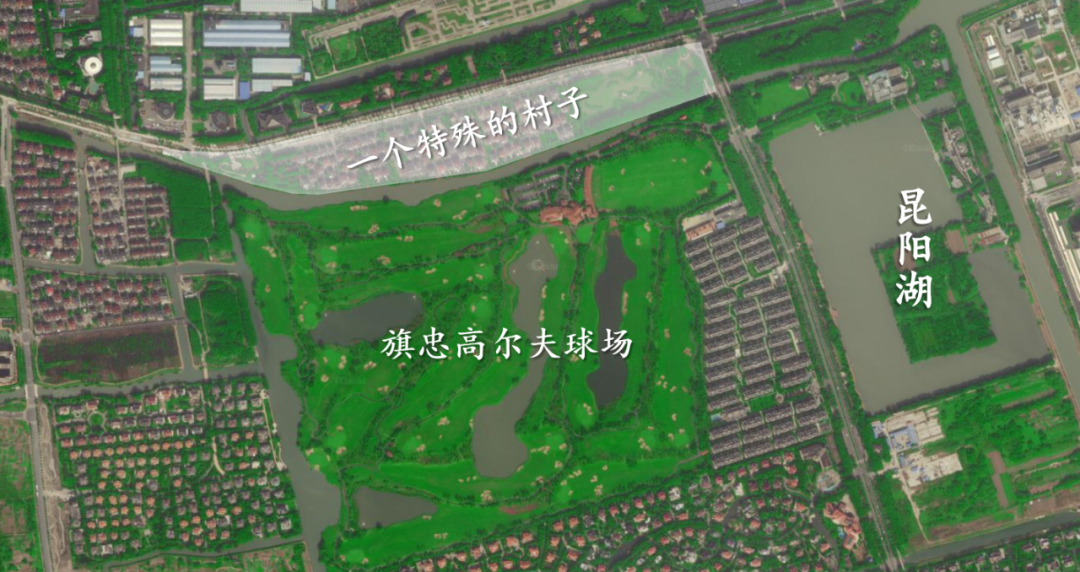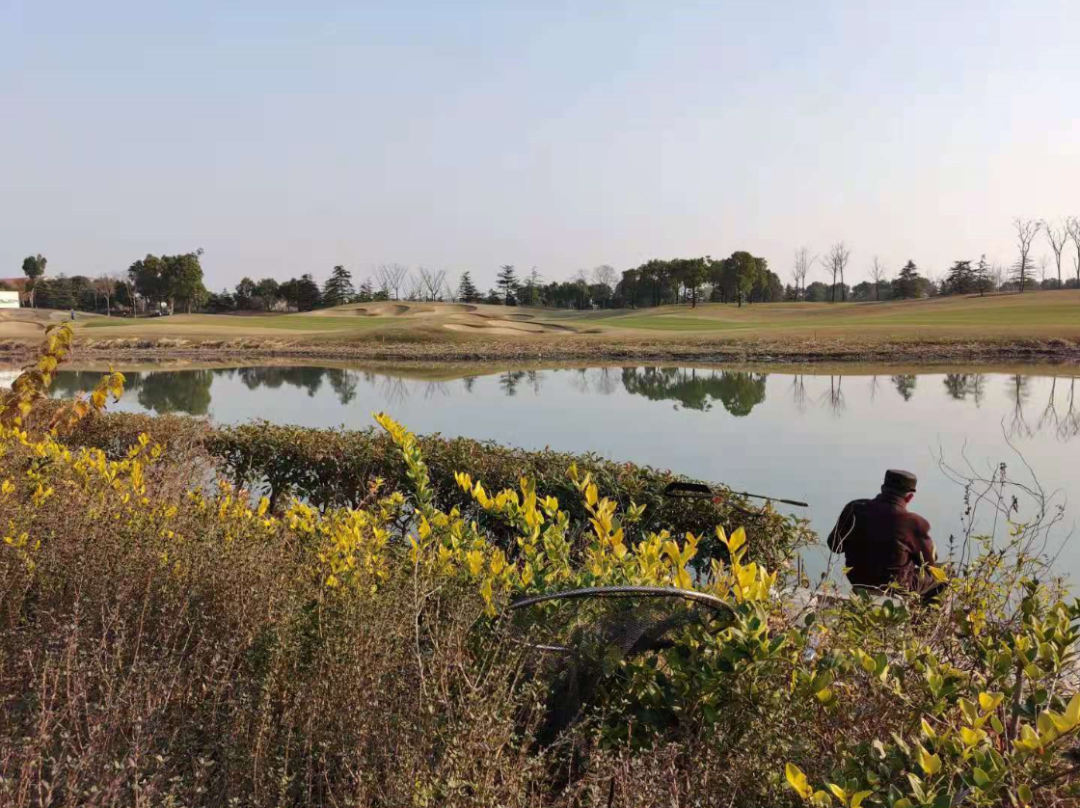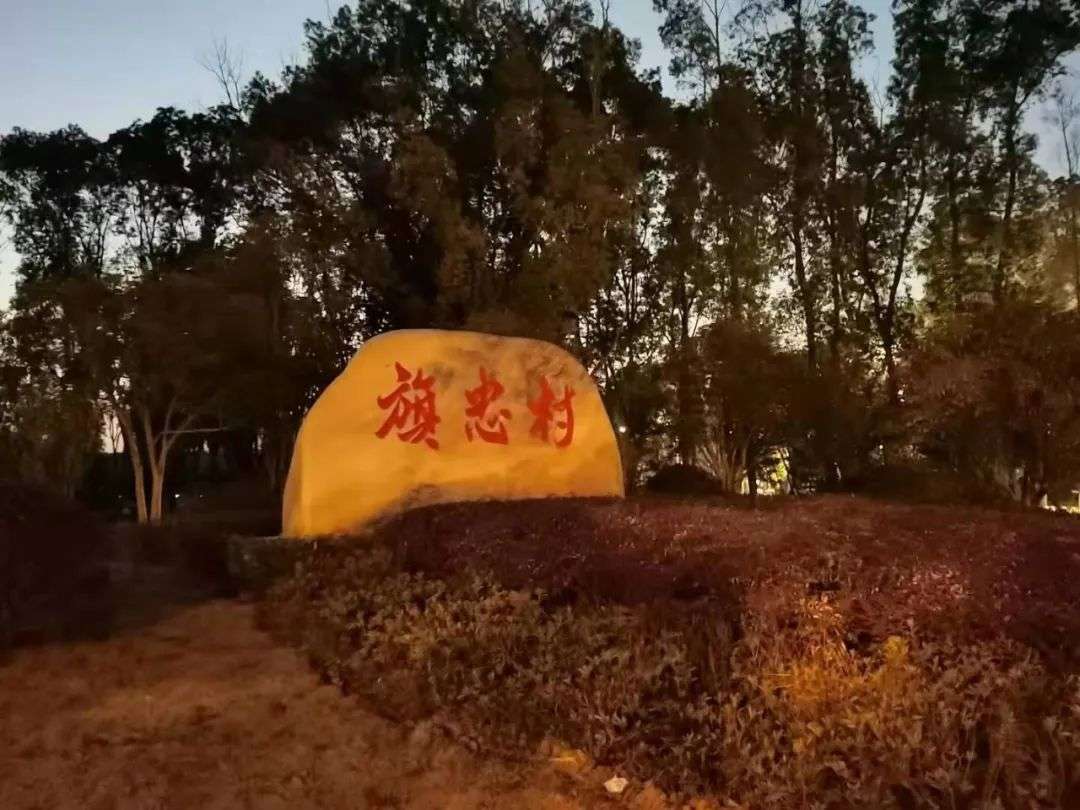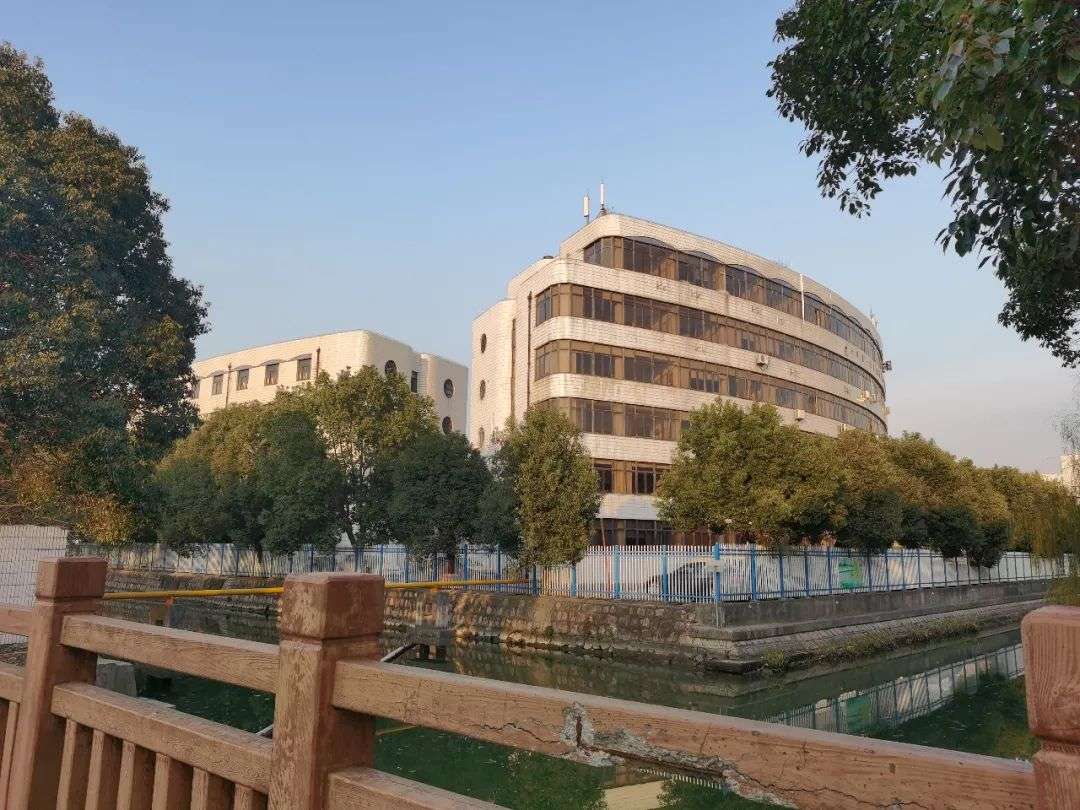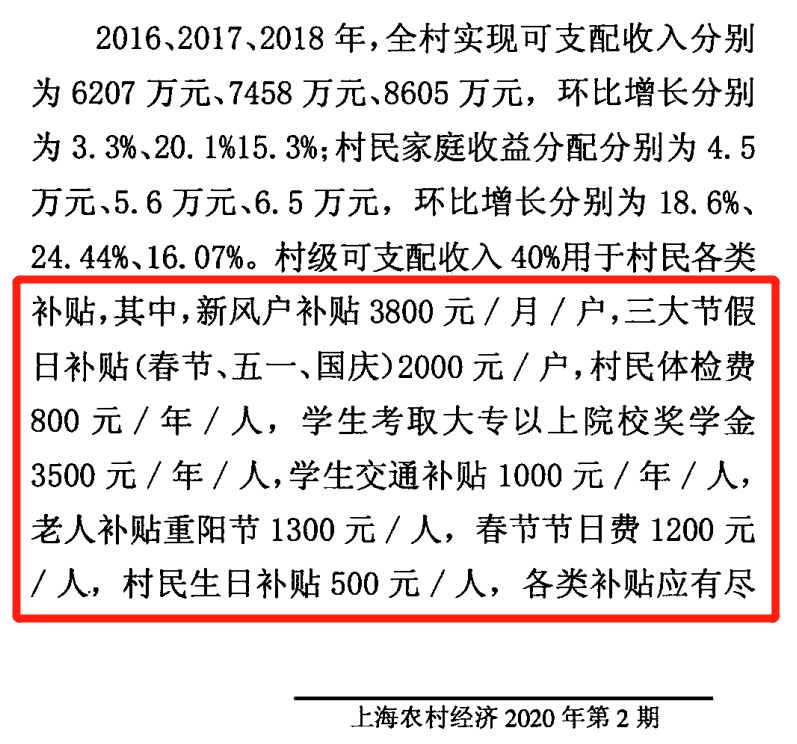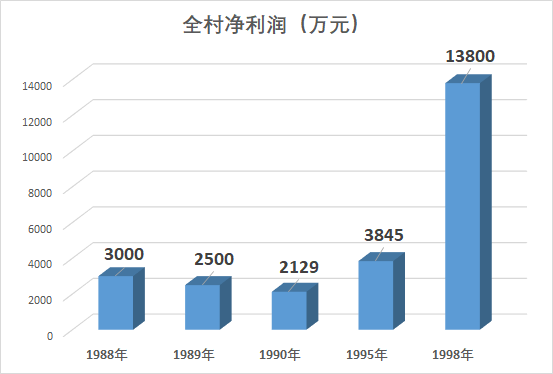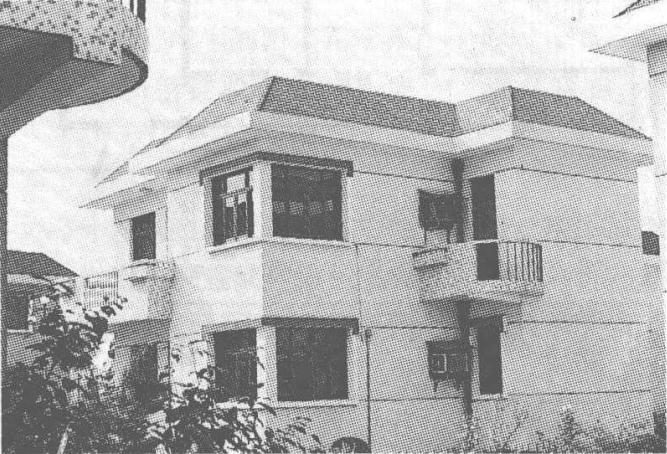Where
Editor’s note: This article is from the micro-channel public number “really makes Rousseau” (ID: zhenjiaolujun0426), Author: Rousseau really makes the team.
In Shanghai, mention the Qizhong section
The first thing that many people think of is villas, and they are the kind of super large single-family villas. There are 20-30 million long Island villas, Zhongfang Forest, Yu Taoyuan, and 50 million yuan to the south of Zhongxing Red Cottage. There are also the Greentown Rose Garden with 50 to 60 million yuan, and the Huafu Tiandi with 60 to 70 million yuan
Yangyun Aman stays at 8w for one night. It can be said that the Qizhong section is a real villa area, but few people know that there is actually a very special village hidden in it, which is also a core resource of the Qizhong section. The nearest piece of land can be said to have plunged into the golf course.
It’s so close that you know the golf ball on the opposite side, how many shots you have, and whether you have entered the hole.
What the hell is this place
01 Qizhong Village, Maqiao Town, Minhang District
This is Qizhong Village in Maqiao Town, Minhang District, Shanghai
If our parents used to flip through the newspaper, they might still have an impression of this place
Source: 1997 “Northern Gardening”
The golf course is opposite the village, and every family in the village lives in big villas
What’s even more amazing is that the villagers don’t have to go out to work, and they can also get money
They also have their own factories, their own companies, and each household pays money by head
What is even more amazing is that in 2008, the average “dividend” per household could reach 28w. You must know that the average price of new houses in Shanghai in 2008 was only 1.2w/m2, and you can buy a suite outside the outer ring for 28w.
02 Is this true?
Is there really money to get without work here?
I walked a long way around the village before I found a place to eat, and the people at the same table talked to me about this village
“It is true. Our eldest sister who came out to work part-time is from that village. Their village sends them more than 4,000 yuan a month”
A few more people who live herePeople all said that several companies and driving schools in the surrounding area are the industry of the village. The villagers don’t have to work, and the village will pay per household every month. There are additional expressions during the holidays.
It was just a few words, until I interviewed an aunt (a pseudonym) who lived in the village, and she made it clear that the villagers here
Each household can receive more than 4,000 yuan per month, and there are additional subsidies every May Day, National Day, and Spring Festival. Taking the Spring Festival as an example, each person can get around 2,000 yuan
Even villagers’ children have subsidies for studying. Junior high school is 2500 yuan/year, college fees are also available (not disclosed), elderly fees are 1300 yuan/person, in addition, there are birthday fees and medical examination fees…I still can’t believe it. I only dreamed about this kind of operation and saw it with my own eyes until I found a more formal text in “Shanghai Rural Journal”
It turns out that there is such a thing, but correspondingly, this village is also very “exclusive”
These big villas cannot be bought or sold. They only have the right to use them. They cannot rent out without a real estate certificate. Even if relatives rent them out, many people like the houses here and the quiet and beautiful environment. Even foreigners who spoke very sleek Chinese came to consult about buying a house, and the villagers quickly said NONONO
If it is found that there are foreigners renting, all the above income will be cancelled, so here, except for the villagers, you cannot see the foreign tenants
While chatting, I saw a very young girl entering the village, and I asked curiously, this is also living here, looking like a tenant, and the villagers hurriedly explained, “She is married This is the only way for outsiders to live in.”
03 Where does the money come from
In fact, to sum up, the money mentioned above is only part of the income of the villagers. In summary, the income of the villagers mainly includes these three categories
➤ The social security paid when working in the factory can enjoy pension after retirement
➤ The subsidy for new wind households is the one mentioned in Part 2, which pays monthly by household
➤ Fees related to the length of service buyout (villagePeople’s introduction ranges from more than ten to two hundred thousand.) ➤ Other (more mysterious) villagers here were all employees of Qizhong Village’s subsidiaries. At that time, it was in the 1980s that “enter a factory and live in a villa” “It’s the villagers of Qizhong Village. Qizhong Village has established many enterprises. The six more famous ones are: Shanghai Maqiao Cable Factory, Shanghai Electric Research Institute Transformer Factory, Maqiao Metal Wire Factory, Shanghai Qizhong Auto Repair Factory and Shanghai City Driver Training Center can see from the profit data that can be tested at present, Qizhong Village’s net profit has reached 10 million in the 1980s and 1990s.
Before the end of 2000, Qizhong Village’s net profit reached 138 million yuan. This is the confidence to distribute money to the villagers. What makes people feel magical is that at the beginning of the 1980s, Qizhong Village was clearly the poorest. The village of Qizhong, which was also called “Siberia” at the time, was nicknamed not only because it was located in the northwest corner of Maqiao Township, but also because it was poor and poor. The change would lead to change. In 1984, Qizhong Village People begin to work hard to find a “life path”, the first step is to engage in side business
In 1984, Gao Fengchi, the village secretary who was too poor to breathe, began to lead the villagers to find a way of development. His first step was to open the way to the sideline industry. He planted 80 mu of sugarcane and dug 140 mu of fish ponds. At the same time, poultry and livestock are raised, and four professional teams of agriculture, sideline, fruit trees, and vegetables have been formed in the mushroom-growing village. When the surrounding rural areas were still operating the family small-scale peasant economy, Qizhong Village began to transform the small-scale peasant economy into a mechanized modern agricultural development. Every household was working in full swing. At that time, the sideline income of that year alone was 200,000 yuan. You should know that at that time, if a household had assets of 10,000 yuan and it was going to be in the newspaper, it was called “10,000 yuan.” Household”
As Qizhong Village became more and more prosperous, and factories were opened in the later period, the lives of the villagers in Qizhong Village have undergone drastic changes. The original 25 natural villages have been planned into three new residential villages, and 330 buildings are planned to be built. This is the 1.0 version of the villas we have seen before, and we can still see this popular architectural style of that era in this villa group.
